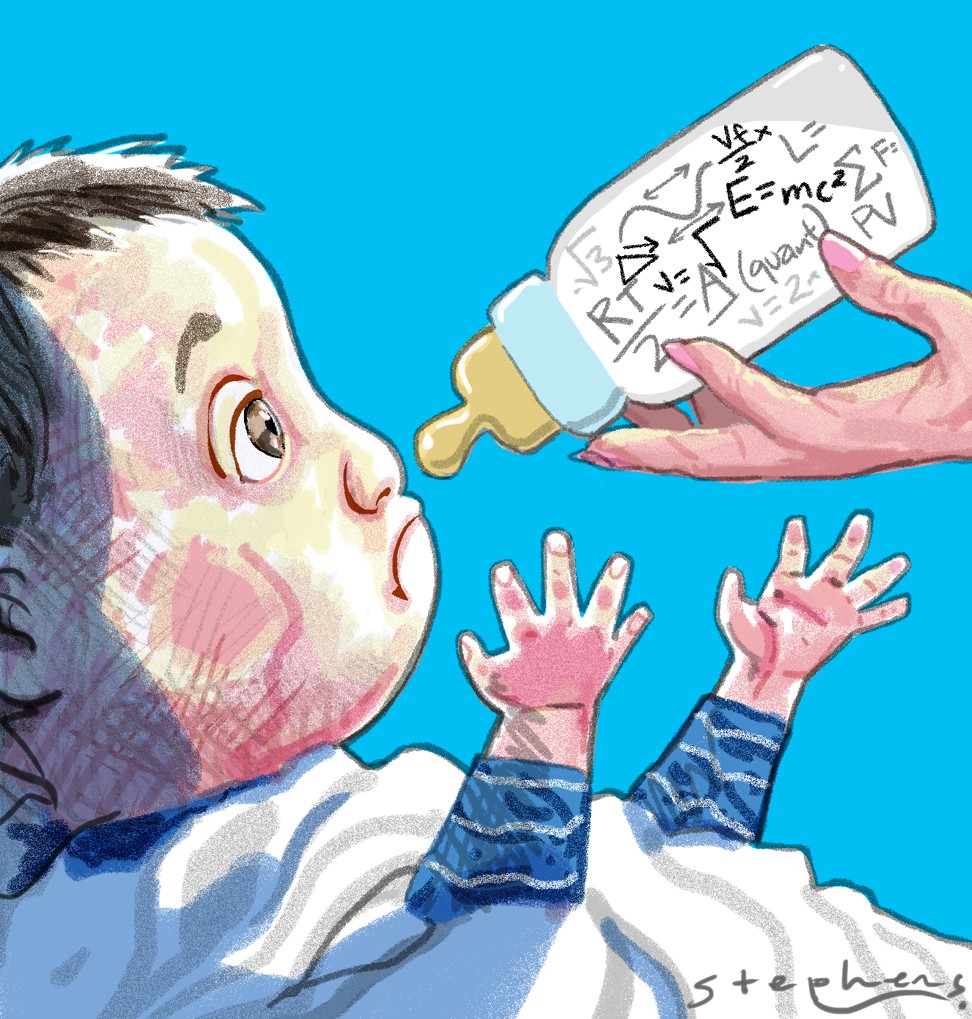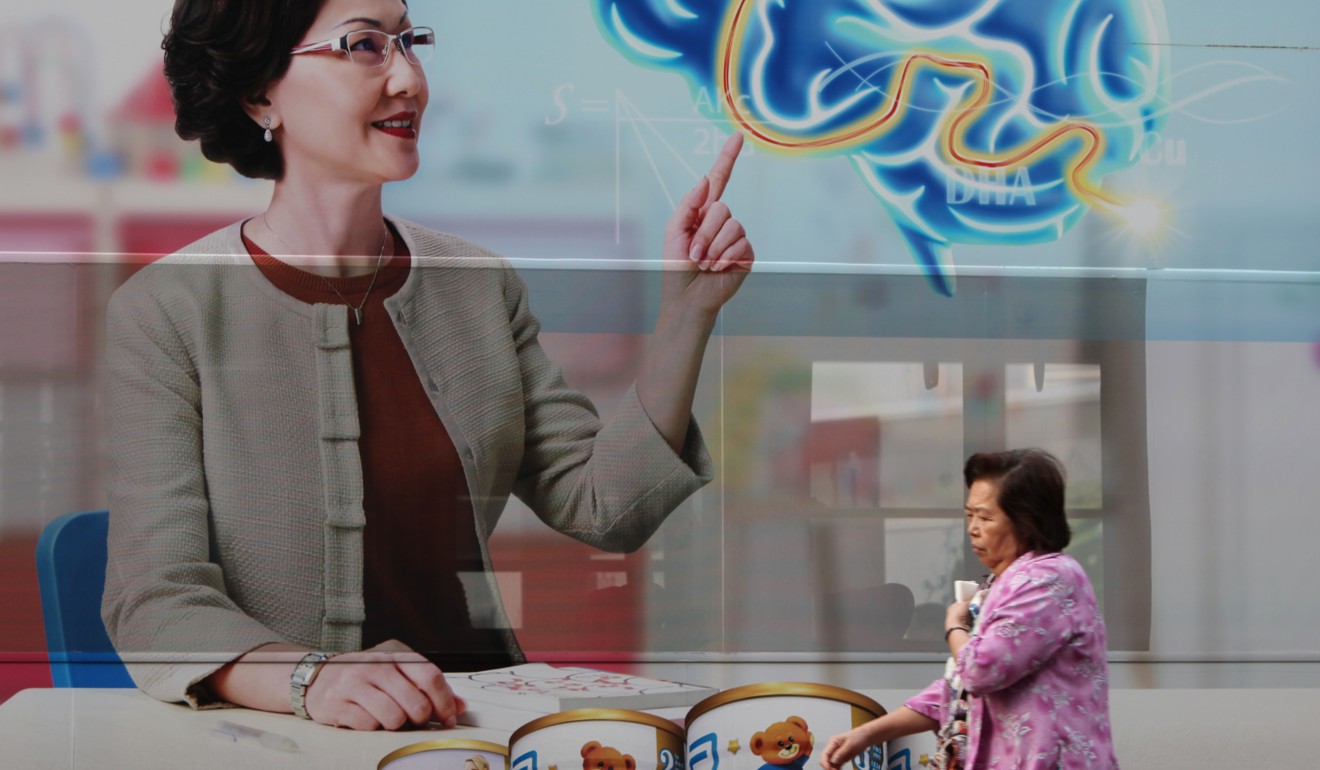
How debunking the myths about infant formula can boost breastfeeding in Hong Kong
Gilly Wong says the introduction of a voluntary code for manufacturers to stop making wild claims about the nutritional value of breast milk substitutes and other children’s food is long overdue, and will encourage more mothers to give breastfeeding a chance

Understandably, our living environment and the mother’s health are crucial factors in considering breastfeeding. But misconceptions about the nutritional value of formula milk among parents in Hong Kong are another reason for the low rate.
In fact, in 1981, the WHO drew up an international code for marketing breast milk substitutes, which aimed to ensure mothers have access to information on breastfeeding and can decide on their own, free from any undue commercial influence, whether or not to breastfeed their babies. It also recommended regulating sales tactics in the promotion of breast milk substitutes.

Code of practice and possible new laws on marketing baby milk formula to boost breastfeeding in Hong Kong
Some people have voiced concerns over some provisions in the proposed code, especially those that set restrictions on promotional practices, warning that they infringe free market competition in Hong Kong. But, in the larger public interest of encouraging breastfeeding, the government should consider undertaking further studies to amend the relevant provisions in the Competition Ordinance and, in the long term, consider an exemption for the trade. This will clear the way for the effective prohibition of unsubstantiated “scientific evidence” or exaggerated or downright untruthful advertising claims about health and nutrition that continue to mislead consumers.
The problem is serious. In a Department of Health survey in 2010, about half of the parents surveyed agreed that follow-up formula “is added with nutrients that promote the child’s brain development which cannot be found in other foods”. And a quarter believed that follow-up formula “can replace other food to provide nutrients”. No doubt such misconceptions about the nutritional value of formula were caused in part by the pervasive advertising of these products.
Voluntary code on the marketing of baby milk formula is a step forward

I remember vividly the “infant formula shortage” of four years ago, when parents desperately scoured the city to buy milk powder, and retailers took advantage of the situation to hike prices – to the jaw-dropping sum of HK$600 per tin in one case, double the recommended retail price! Some retailers limited sales to one to three tins per customer. Others demanded that customers open the tins on the spot to ensure they would not be resold at a higher price later.
Society must give serious consideration to how to create a friendly environment for breastfeeding
I had just taken up my post at the Consumer Council then. The frenzy died down eventually, but not before the authorities introduced the controversial two-can limit on formula that could be taken over the border.
Mainland parents took nearly the whole blame for the shortage crisis. But even though the problem was sparked by mainland demand for formula, few realised the role the formula companies played. The truth is there wasn’t really a shortage. The council’s price surveys during the time found that not all the milk powder was sold out; the problem was confined to only a few fast-selling brands. In particular, the shortage was acute for two formula brands for newborns. But in the market at the same time were two other brands with no shortage at all.
Formula milk is based largely on the nutritional content of breast milk, using mostly cow milk in the production process in compliance with international standards or the local standards of the place of manufacture. Therefore, the ingredients of the baby formula sold in the market are actually very similar. However, aggressive advertising about the benefits of formula by some companies drove parents to believe that certain brands were superior to others.

For many years, we have tried hard to clear up misconceptions about formula. In collaboration with the Centre for Food Safety, we examined the nutritional and related claims on labelling for pre-packed foods for children up to 36 months old, against the internationally recognised Codex Alimentarius standards. It turned out that some of the health claims made were not supported by internationally recognised scientific evidence. For example, the cause-and-effect relationship between absorption of vitamin E in daily diet and the maintenance of normal immunity has never been conclusively proven.
Further, in the past, infant and baby foods have printed close to each other on the packaging the ingredient “DHA” and such wording as “Strengthening Your Babies’ Immunity and Resistance”, thereby creating the impression that the two were related, although this has not been established by any internationally accepted scientific evidence. Such labelling practices were highly unsatisfactory.
Watch: A local mother speaks out on the difficulties of breastfeeding in Hong Kong
Why Hong Kong needs to do more for breastfeeding mothers
To encourage and significantly raise the breastfeeding rate in Hong Kong, aside from public education and government policies, society must also give serious consideration to how to create a friendly environment for breastfeeding – for instance, through the introduction of special breastfeeding rooms in public areas and the workplace; the need to extend the current maternity leave of 10 weeks for working women; and a more open and supportive attitude of the public towards breastfeeding.
Only a combination of legislative and community support can ensure our future generations will enjoy the most friendly breastfeeding environment we can provide and grow healthily.
Gilly Wong Fung-han is chief executive of Hong Kong’s Consumer Council

